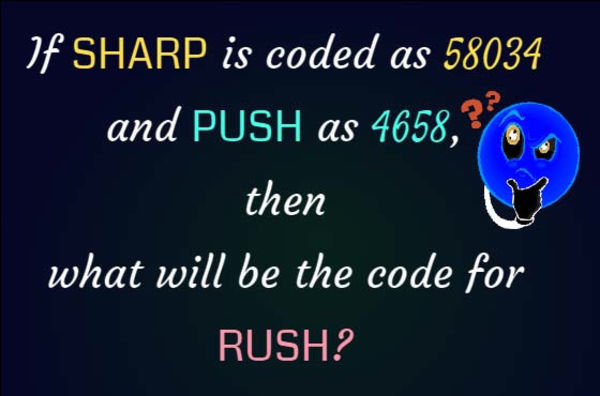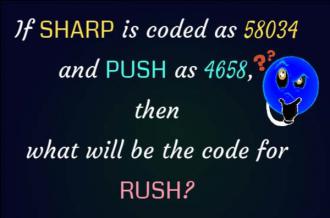
Beer Test
"Yesterday, scientists revealed that beer contains small traces of female hormones.
To prove their theory, the scientists fed 100 men 12 pints of beer and observed that 100% of them gained weight, talked excessively without making sense, became emotional, couldn't drive, and refused to apologize when wrong.
No further testing is planned."
Submitted by Calamjo

